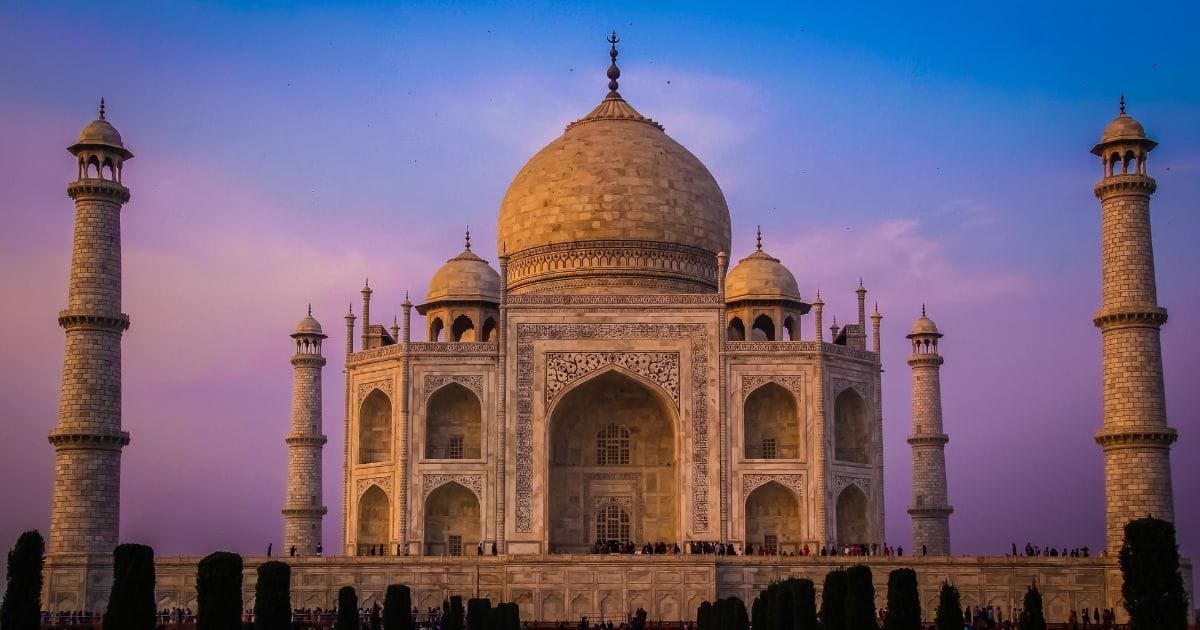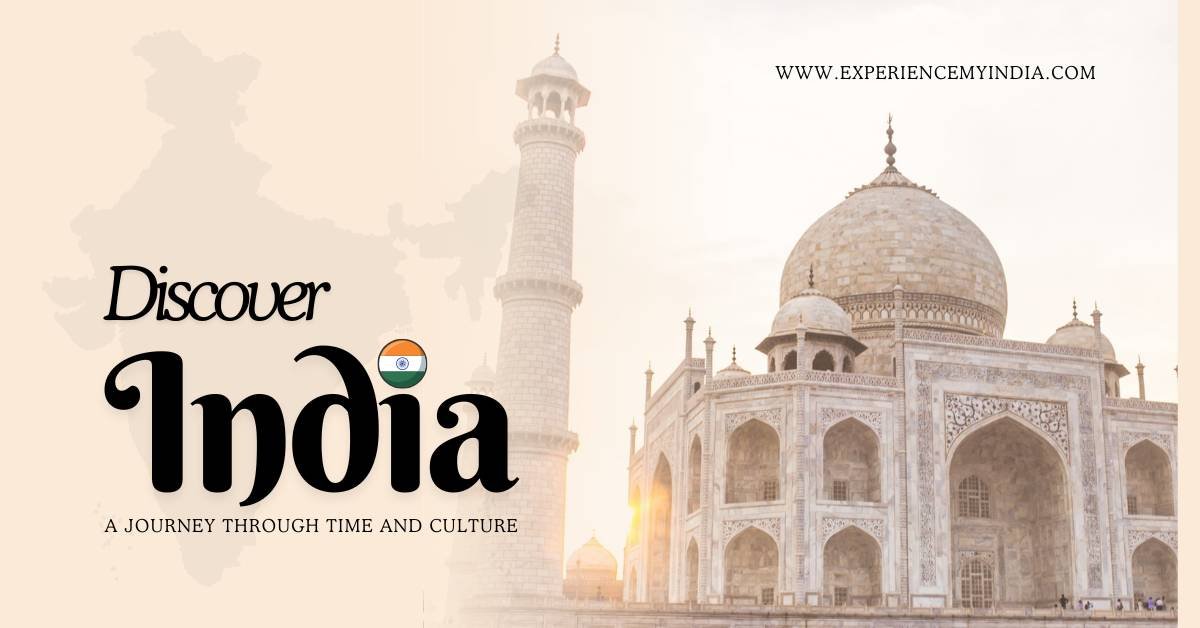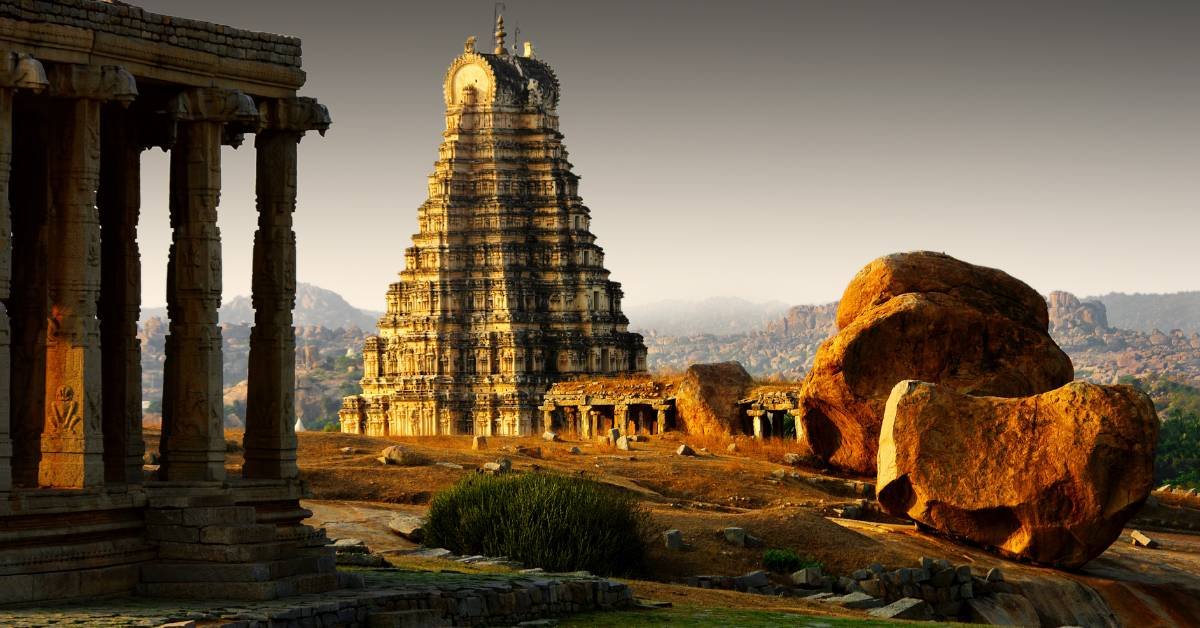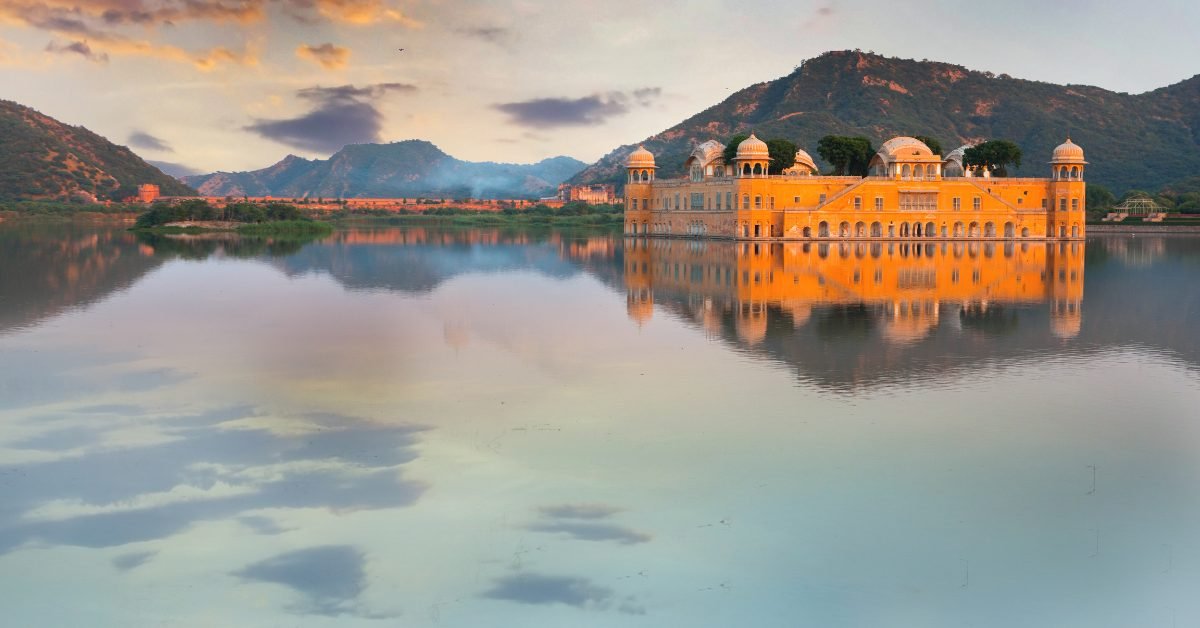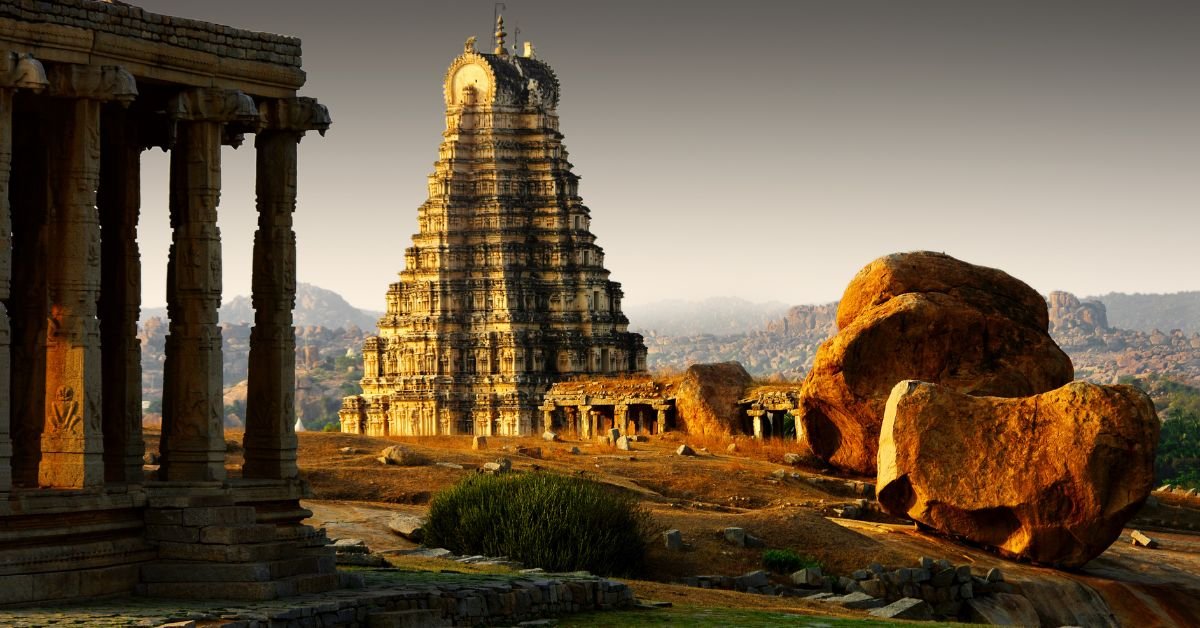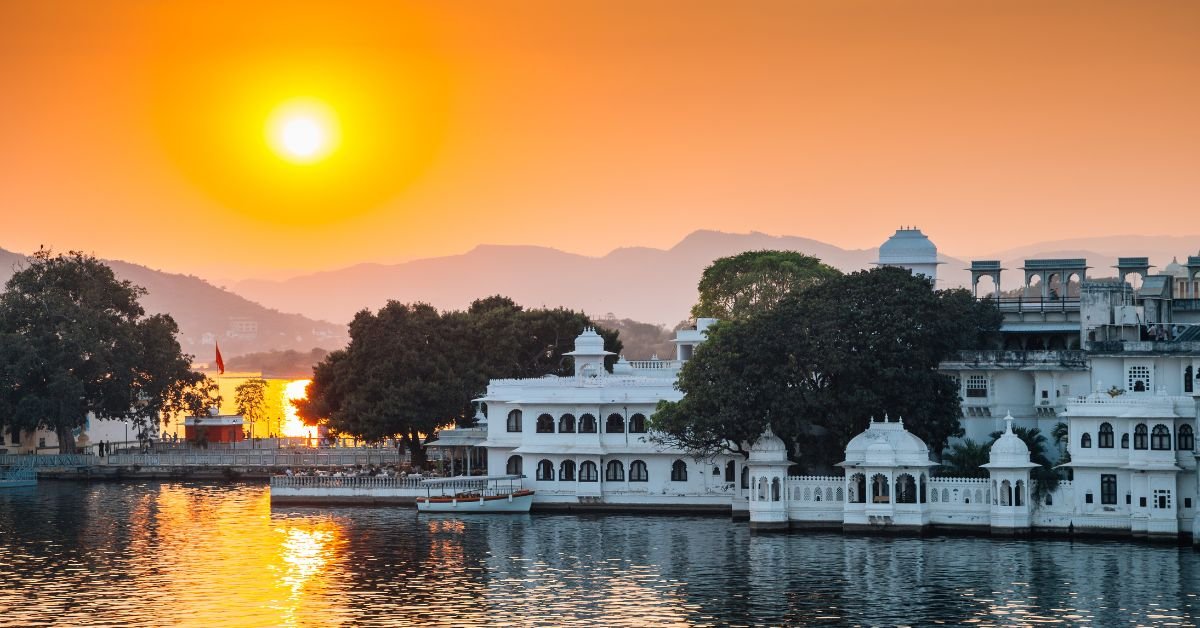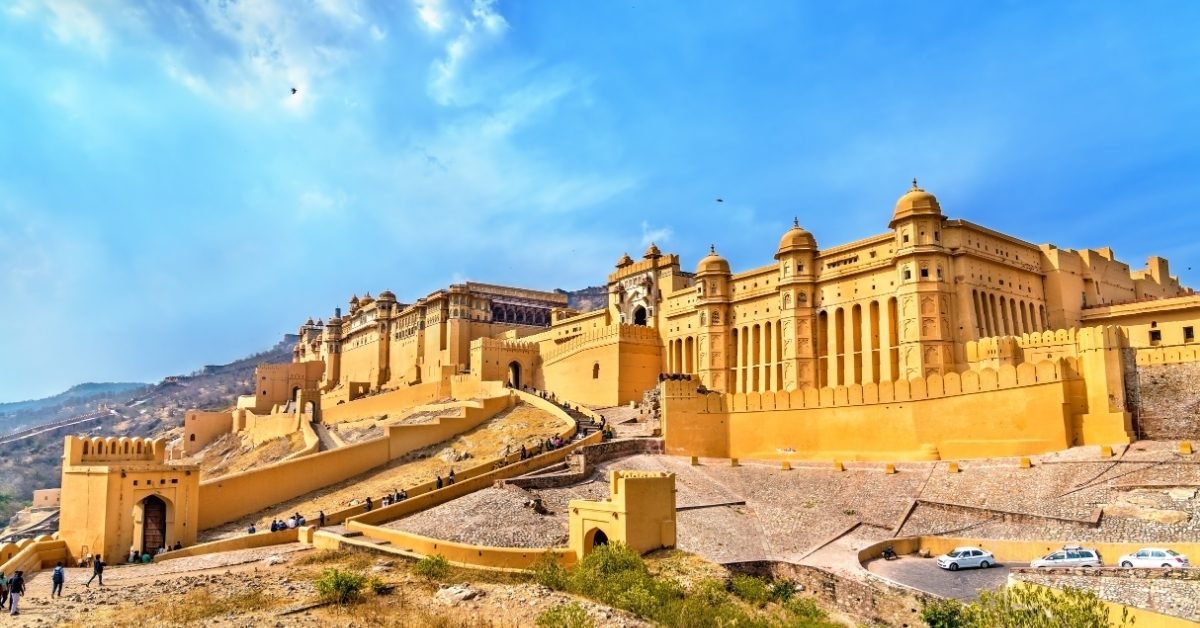You know that feeling when you look at someone you love, and your heart just overflows? That's exactly what turned into the Taj Mahal. See, when Emperor Shah Jahan lost his soulmate Mumtaz, he didn't just weep - he dreamed up a palace of pure love. Think of the most beautiful thing you've ever seen, then multiply it by starlight.
That's what stands before you: walls of marble so pure they seem to whisper stories, designs so delicate they could've been drawn by angels. Every single curve, every tiny flower carved into stone - it's all whispers of "I love you" frozen in time. Funny how even today, watching the sunlight dance across those white walls, you can almost feel Shah Jahan's heart beating in the stone.
Millions come to see it, but each person feels something deeply personal, like they're discovering love's magic for the first time.
The History Behind the Taj Mahal: A Love Immortalized in Stone
- A Tale of Devotion: The Taj Mahal was commissioned by Emperor Shah Jahan in memory of his wife, Mumtaz Mahal, who passed away in 1631. Overcome with grief, Shah Jahan vowed to create a monument as beautiful and pure as his love for her.
- Construction and Planning: The Taj Mahal’s construction began in 1632 and took nearly 22 years to complete, involving more than 20,000 artisans from across Asia. Skilled craftsmen, including calligraphers, inlayers, and masons, dedicated their expertise to this marvel.
- A Symbol of Eternal Love: Each part of the Taj Mahal embodies Shah Jahan’s love for Mumtaz. The verses of the Quran engraved on the main gate, the symmetrical gardens, and the intricate carvings symbolize the emperor’s devotion to preserving her memory.
- Architectural Vision: The Taj Mahal is a harmonious blend of Persian, Islamic, and Indian styles, with influences from surrounding regions. This vision showcases not only an architectural feat but also a celebration of diverse artistic influences.
- A UNESCO World Heritage Site: Recognized globally, the Taj Mahal became a UNESCO World Heritage Site in 1983, immortalizing its cultural and historical significance.
Exploring the Taj Mahal’s Mesmerizing Architecture and Design
- The Marble Wonder: It is primarily built from white marble sourced from Rajasthan. The choice of marble adds a luminous quality, causing the monument to appear differently depending on the time of day and season.
- The Dome and Minarets: Its central dome, rising nearly 73 meters high, represents the pinnacle of Mughal architecture. Four graceful minarets stand at the corners, perfectly complementing the symmetry and balance of the overall structure.
- Intricate Carvings and Inlays: Inside the Taj Mahal, the walls are adorned with delicate floral carvings and semi-precious stones. Each inlaid pattern represents a unique combination of colors and artistry, depicting the meticulous craftsmanship of the era.
- Reflecting Pool and Gardens: A rectangular reflecting pool mirrors the Taj Mahal’s image, creating a picturesque view. The Charbagh gardens surrounding it are designed in the Persian style, symbolizing paradise and enhancing the visitor’s experience.
- Calligraphy Masterpieces: Arabic inscriptions from the Quran. Created by calligrapher Amanat Khan, are beautifully inscribed on the main gate and walls. This intricate calligraphy adds a spiritual essence, guiding visitors to feel the sanctity of the place.
The Ever-Changing Beauty of the Taj Mahal Across Time and Seasons
- Dawn’s Glow: Visiting the Taj Mahal at sunrise reveals a gentle pinkish hue over the marble, symbolizing the purity and serenity of dawn. The tranquil atmosphere in the early morning enhances the monument's ethereal quality.
- Golden Sunset: As the sun begins to set, the Taj Mahal bathes in warm, golden light. The change in color represents the warm embrace of love and has been described as a romantic time to experience the monument.
- A Night Under the Moon: During full moon nights, the Taj Mahal glows with an almost otherworldly beauty. The marble absorbs the moonlight, giving it a soft, silver appearance that exudes peace and an air of mystery.
- Monsoon Splendor: The rainy season adds a unique charm, with the lush gardens flourishing around the Taj Mahal. This backdrop gives the monument a refreshing look, capturing its timeless allure even during the rains.
- Seasonal Variations: In winter, morning mists cover the Taj Mahal, creating an almost mystical aura. Each season brings out a different aspect of this architectural marvel, allowing visitors to experience its beauty in new ways each time.
Legends and Mysteries Surrounding the Taj Mahal
- The Black Taj Mahal: One of the most popular legends is that Shah Jahan planned to build a second Taj Mahal in black marble across the Yamuna River. This "Black Taj" was intended to mirror the original, creating a dramatic symmetry. Though unconfirmed, this legend adds a fascinating mystery.
- The Myth of the Disappearing Hands:Legend has it that Shah Jahan ordered the artisans who worked on the Taj Mahal to have their hands cut off to prevent them from replicating its beauty elsewhere. While many consider this story a myth, it reflects the desire to keep the Taj Mahal unparalleled.
- The Symbolism of the Lotus: The lotus design, symbolizing purity, tops the central dome of the Taj Mahal.
This delicate detail represents both Mughal artistry and cultural symbolism, embodying the sacredness of Shah Jahan’s love. - Rumors of Hidden Chambers: Rumors suggest that beneath the Taj Mahal lie secret rooms and hidden chambers, believed to be part of its foundation. These hidden spaces add a sense of mystique to the monument.
- Architectural Secrets: Some believe that the builders tilted the four minarets slightly outward to protect the main structure in case of an earthquake.
This ingenious design ensures the Taj Mahal’s longevity, securing its place as an architectural marvel.
Experiencing the Taj Mahal: Tips for Travelers
- Best Times to Visit: For the best experience, visit the Taj at sunrise or sunset. These times offer optimal lighting and fewer crowds, allowing you to fully immerse yourself in the beauty of the monument.
- Special Night Viewing: The Taj Mahal opens for night viewing five days a month, around the full moon. This rare opportunity allows visitors to witness its breathtaking moonlit beauty, an unforgettable sight.
- Getting Around: Agra, home to the Taj Mahal, connects easily by road, train, and air.
Rickshaws and electric buses are available near the Taj Mahal to reduce pollution and preserve its beauty. - Nearby Attractions: While in Agra, don’t miss nearby attractions such as Agra Fort, Mehtab Bagh, and the Tomb of Itimad-ud-Daulah. Each site offers a unique perspective on Mughal history and complements the Taj Mahal experience.
- Respectful Tourism: When visiting the Taj Mahal, remember that it is not only a world-famous attraction but also a mausoleum. Show respect by maintaining silence in certain areas and observing local customs.
Why the Taj Mahal Will Forever Remain a Symbol of Love
- Emotional Significance: Beyond its architectural splendor, the Taj Mahal stands as a symbol of undying love. Shah Jahan’s devotion to Mumtaz Mahal resonates with visitors, making the monument an emotional journey for many.
- Cultural Impact: The Taj has inspired poets, artists, and writers globally, who see it as a representation of beauty and passion. Its influence reaches far beyond India, establishing its place in the world’s cultural heritage.
- Global Recognition: As one of the New Seven Wonders of the World. People around the world acknowledge the Taj Mahal's beauty and significance.
Its architecture, history, and emotional allure make it an enduring wonder. - A Place of Reflection: Visitors often feel a sense of peace and introspection at the Taj Mahal, touched by the monument’s serenity. The experience goes beyond sightseeing, inspiring thoughts on love, life, and loss.
- Legacy of Love: The Taj Mahal’s legacy continues to captivate hearts worldwide, drawing millions to witness this “Love Story in Marble.” It reminds us all of the eternal nature of love and beauty, ensuring its place in history for generations to come.
Conclusion
Ever had a moment so perfect you wished you could build a house around it? Well, that's the Taj Mahal—it's a place you can actually walk through, embodying love in every detail.
As dawn breaks, this marble dream catches the morning light like a shy bride blushing. Spend a moment here, and you'll get it - maybe while watching shadows play hide-and-seek across the domes, or when your fingers trace patterns that artisans carved centuries ago with nothing but devotion in their hearts.
It's more than just a stunning building. It's proof that when we love deeply enough, we can create magic that outlasts our own heartbeats. Now that's what I call relationship goals!
Book your tour packages with us for a seamless experience and make memories for lifetime.

